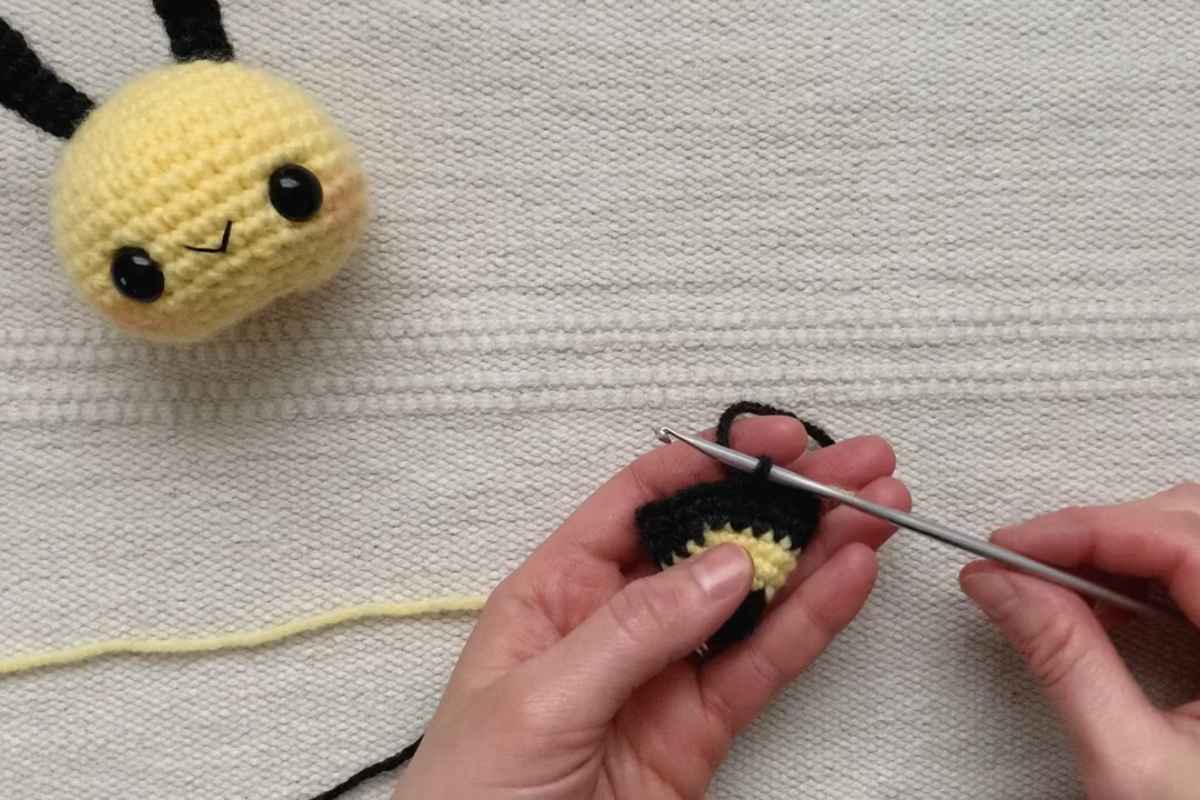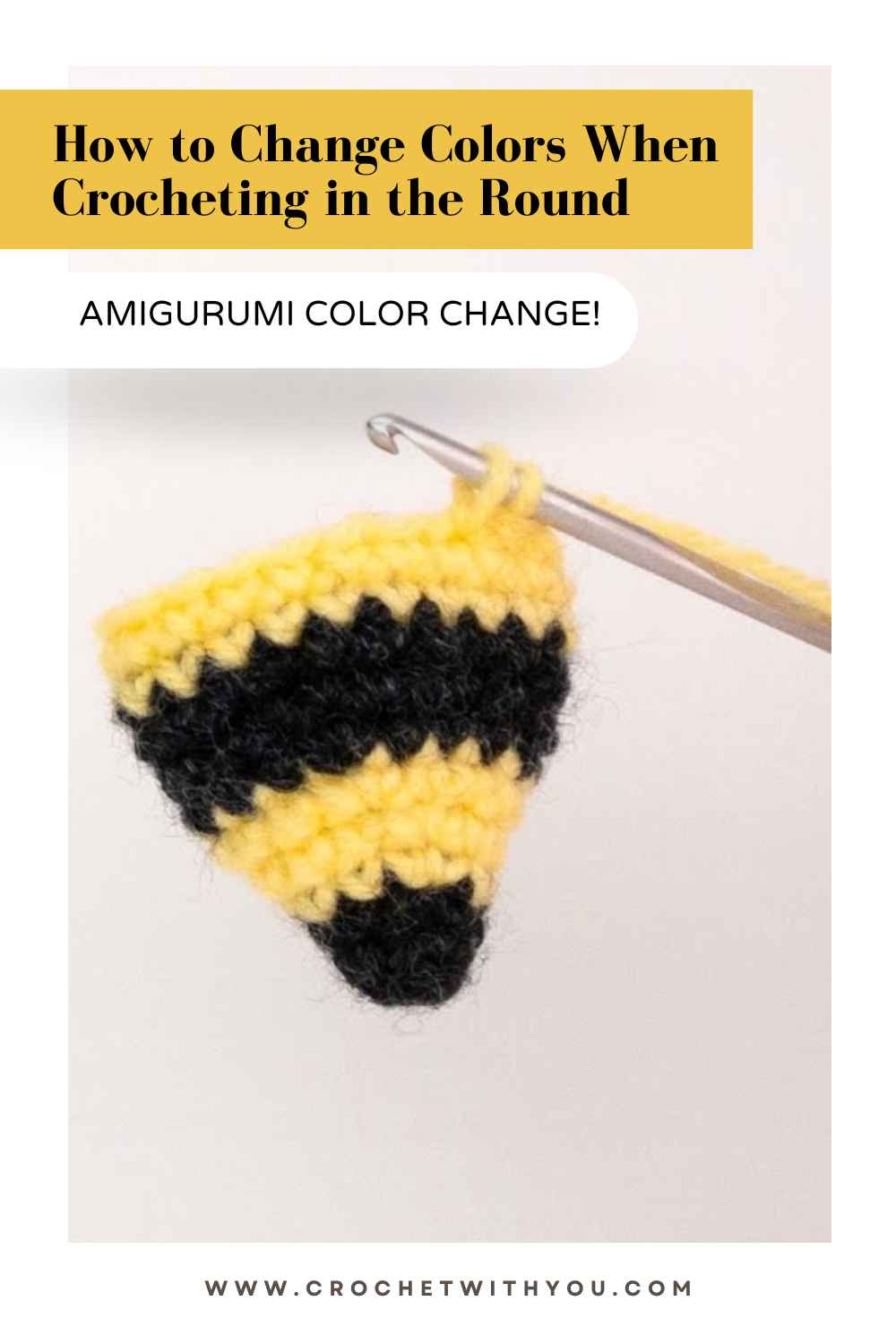How to Change Colors When Crocheting in the Round

Changing colors while crocheting in the round, especially in amigurumi projects, is a fantastic way to add vibrant details and bring your creations to life.
Amigurumi Color Change! Change Colors When Crocheting in the Round
However, it can be tricky to achieve a seamless color change that maintains the neat appearance of your stitches. Here are some tips and tricks to help you master color changes in amigurumi and ensure your projects look professional and polished.
Why Change Colors in Amigurumi?
Color changes in amigurumi allow you to create more detailed and intricate designs. Whether you're making animals, characters, or decorative items, adding different colors can enhance the visual appeal and realism of your project. Understanding the technique of seamless color changes is crucial to maintaining the overall aesthetic of your work.

Tips for Seamless Color Changes
Plan Your Color Changes
Before starting your project, plan where you want to change colors. This foresight will help you decide the best points for color transitions and avoid mid-row changes that can disrupt the stitch pattern. Mark these points with stitch markers to remind yourself where the color change will occur.
Use the Right Technique
When changing colors in the round, it's essential to do so seamlessly to avoid unsightly lines or gaps. Here's a simple technique for a clean transition:
- Complete the Last Stitch of the Old Color: When you reach the point where you want to change colors, complete the last stitch of the old color, but don't finish the last yarn over.
- Introduce the New Color: Yarn over with the new color and pull it through the loops on your hook to complete the stitch. This technique ensures the color change happens in the middle of the stitch, creating a cleaner look.
- Continue Crocheting with the New Color: Proceed with the new color, ensuring your stitches are tight to avoid gaps.
Tension Control
Maintaining consistent tension is crucial during color changes. If the tension is too tight, the stitches will pucker, and if it's too loose, gaps will appear. Practice keeping an even tension to ensure smooth transitions and a uniform appearance.
Secure the Ends
To prevent the new color from unraveling, secure the yarn ends properly. One effective method is to crochet over the yarn tails for a few stitches after the color change. This technique not only secures the ends but also helps to integrate the new color seamlessly into the project.

Advanced Techniques for Amigurumi Color Changes
Invisible Join
The invisible join is a technique that can be used to make the color change even less noticeable. Here’s how to do it:
- Finish the Last Stitch with the Old Color: Complete the last stitch in the old color but leave the last loop on the hook.
- Cut the Old Color: Cut the yarn, leaving a tail, and pull the loop through to fasten off.
- Join the New Color: Insert your hook into the next stitch, yarn over with the new color, and pull through to start the next stitch. This method creates a seamless transition between colors.
Jogless Stripes
When working in continuous rounds, color changes can create a "jog" where the new color appears slightly off-center. The jogless stripe technique helps to mitigate this issue:
- Start the New Color: Change to the new color as described earlier.
- Slip Stitch: Instead of continuing in the round, slip stitch into the first stitch of the round.
- Continue Crocheting: Resume crocheting with the new color. This technique helps to keep the stripes even and minimizes the jog.
Troubleshooting Common Issues
Uneven Color Transitions
If your color transitions appear uneven, check your tension and ensure you are completing the color change in the middle of the stitch. Practice the technique on a swatch before applying it to your project.
Visible Gaps
Visible gaps can occur if the tension is too loose or if the color change isn't done correctly. Make sure to pull the new color snugly through the loops and secure the yarn ends by crocheting over them or weaving them in.
Color Bleeding
When working with vibrant or contrasting colors, there’s a risk of color bleeding. To avoid this, use high-quality yarns and wash your finished project gently in cold water.
Mastering color changes in amigurumi can elevate your crochet projects and open up a world of creative possibilities.
By planning your color changes, using the right techniques, and maintaining consistent tension, you can achieve seamless transitions that enhance the beauty of your work.
Practice these tips, and soon you'll be able to incorporate intricate color patterns into your amigurumi creations with confidence. Happy crocheting!
Images and pattern courtesy of Theresa's Crochet Shop
We hope you enjoy watching this video about Key Chain
Source: Theresa's Crochet Shop
Did you find this post useful or inspiring? Save THIS PIN to your Crochet Board on Pinterest! 😊


More crochet projects for you